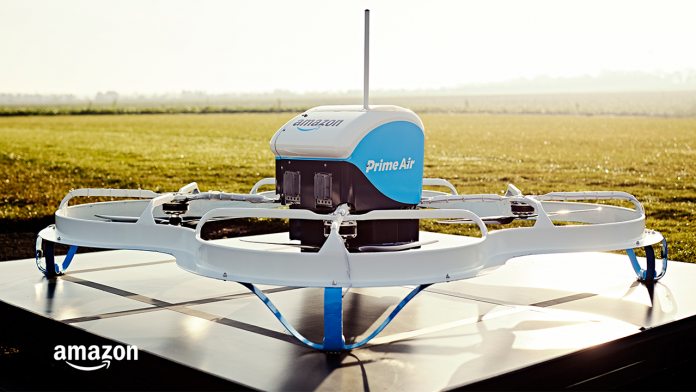A patent granted by USPTO last week reveals a possible solution. It describes a digital heartbeat sent from the controller to the drone which will enable a safety mode if there’s interference. If communication with the controller is broken, the drone will first try to re-establish it. It will also attempt to regain control if it’s been hacked or hover/land in a safe location for retrieval. “Under normal operating conditions, the known signal will be received by the UAV according to the fixed interval and/or the communication scheme and, in some cases, the UAV will also generate a response signal in response to receiving the known signal. Thus, so long as the UAV is receiving the known signal, and in some cases, sending the response signal, it is assumed that the UAV is operating appropriately (e.g., has not been compromised).” “If the known signal is interrupted, e.g., it is not received according to the fixed interval or according to the communication scheme, however, it may be inferred that a hostile takeover is occurring or has occurred. To respond to the hostile takeover, an alarm signal can be generated which causes the UAV to perform any one of a number of actions,” reads the patent.
Not a Catch-all
However, it’s likely the company is working on other solutions for that. It’s published a number of patents over the years, from dealing with users who flail their arms to dropping packages from 25 feet. Essentially, the company seems devoted to a shopping experience that cuts out humans entirely. It seems very close to having the capabilities to do so, but government approval may be more difficult.




